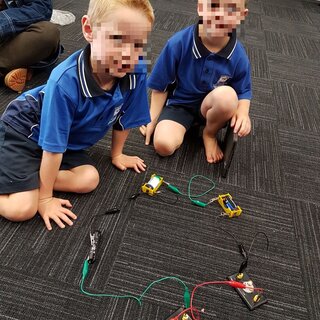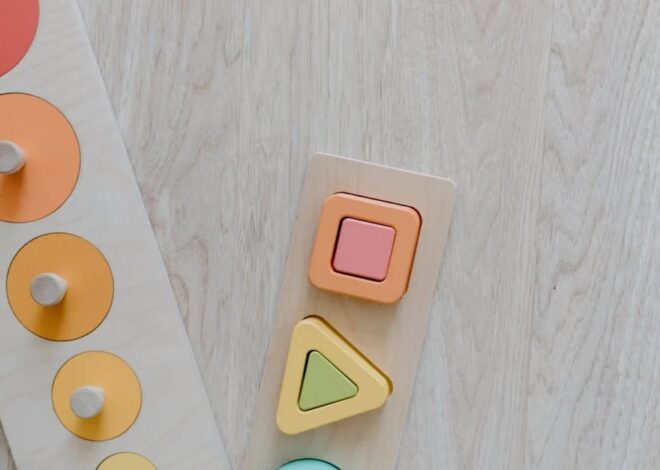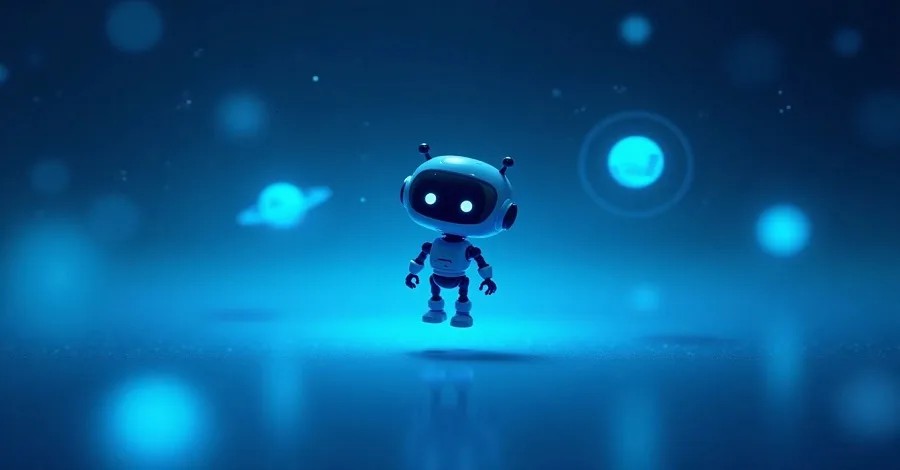
The AI Revolution in the Playroom: How Generative AI is Redefining Toy Design and Innovation
The journey of a toy from a fleeting idea to a child’s hands has traditionally been a long and arduous one, paved with countless sketches, clay models, and painstaking prototypes. This methodical, often slow-moving process has defined the industry for generations. However, a seismic shift is underway, powered by the same force that is reshaping countless other creative fields: generative artificial intelligence. The latest advancements in AI, particularly in text-to-image, text-to-3D, and now sophisticated text-to-video models, are not merely adding a new tool to the designer’s kit; they are fundamentally rewriting the playbook for toy creation. This technological leap is collapsing development timelines, unlocking unprecedented levels of creativity, and paving the way for a new era of personalized, interactive, and intelligent playthings. This article delves into the burgeoning world of AI Toy Design News, exploring how these powerful new systems are revolutionizing every stage of the toy lifecycle, from the first spark of an idea to the final manufactured product, and what it means for the future of play.
The New Frontier: Generative AI in Toy Ideation and Prototyping
The initial phase of toy design—ideation—has always been a blend of artistic intuition, market research, and a touch of magic. Generative AI is amplifying this process, turning it into a dynamic and highly efficient exploration of creative possibilities. It allows designers to traverse a universe of concepts in the time it once took to sketch a single character, fundamentally changing the pace and scope of innovation.
From Mind to Mood Board in Minutes
Traditionally, a designer would spend days or even weeks sketching variations of a new character or concept. Today, they can use text-to-image AI platforms to generate a vast mood board of visual ideas in minutes. A simple prompt such as, “A friendly, retro-futuristic educational robot for STEM learning, made of sustainable bamboo and translucent recycled plastic, in the style of 1960s concept art,” can yield dozens of unique, high-quality images. This instant feedback loop allows for rapid iteration. Designers can refine prompts, blend concepts, and explore stylistic avenues that might have been too time-consuming to pursue manually. This acceleration is a recurring theme in recent Educational Robot News and STEM Toy News, as companies race to develop the next generation of learning companions. The ability to visualize a complete product line, including potential AI Toy Accessories News, from a single creative brief is a powerful strategic advantage.
The Rise of AI Video for Dynamic Prototyping
Perhaps the most groundbreaking development is the emergence of high-fidelity text-to-video AI. While static images are powerful, they cannot convey the essence of a toy: how it moves, how it interacts, and the emotional response it evokes. This is where AI video models are becoming a game-changer, providing a window into the play experience long before a physical prototype exists. A designer can now input a prompt like, “A cinematic video of a child joyfully discovering a modular robot toy that transforms from a sleek AI vehicle into a roaring dinosaur,” and receive a short, dynamic clip. This “pre-visualization” is invaluable. It helps design teams assess play patterns, visualize the toy’s kinetic appeal, and even create compelling marketing materials to gauge consumer interest. This trend is at the forefront of AI Toy Prototypes News and is shaping discussions around AI Toy Future Concepts, allowing stakeholders to see and feel the potential of a product in a tangible, moving format.
From Pixels to Playthings: The AI-Powered Design-to-Manufacturing Pipeline
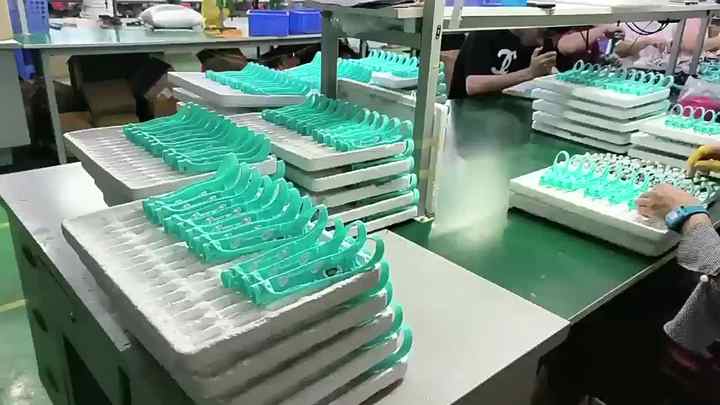
The influence of AI extends far beyond the initial concept phase, creating a more integrated and efficient pipeline from digital design to physical production. This connection is streamlining manufacturing, enabling mass customization, and promising a future where toys can be as unique as the children who play with them.
AI-Generated 3D Models and Digital Twins
The next logical step from a 2D AI-generated concept is a 3D model, and AI is rapidly closing this gap. Emerging text-to-3D and image-to-3D technologies can convert a chosen design into a workable 3D mesh. This digital asset can then be refined by human designers and optimized by other AI algorithms for the manufacturing process. For instance, an AI can analyze the 3D model of a new AI Collectible Toy and automatically adjust wall thickness, add support structures for 3D printing, or ensure the parts are suitable for injection molding. This is a central topic in Toy Factory / 3D Print AI News, as it reduces material waste, shortens pre-production timelines, and minimizes costly errors. Creating a “digital twin” of the toy allows for virtual stress testing and assembly simulations, ensuring the final product is durable and safe before a single physical part is made.
Personalization and Customization at Scale
One of the most exciting prospects of an AI-driven pipeline is the ability to offer deep personalization. Imagine a platform where a parent and child can co-create their perfect AI Plushie Companion. They could describe its personality, choose its colors, and even upload a drawing that an AI then translates into a unique sewing pattern. This level of AI Toy Customization News is moving from science fiction to reality. AI can generate endless variations of a core toy concept, whether it’s custom faceplates for a Humanoid Toy News feature or unique track layouts for a Smart Construction Toy News set. This could lead to innovative business models, such as an AI Toy Subscription News service that delivers personalized, AI-designed play experiences each month, creating a direct and ongoing relationship with the consumer.
Beyond the Drawing Board: AI’s Impact on Interactive and Educational Toys
For smart toys, the role of AI is twofold: it not only shapes their physical form but also breathes life into their digital core. Generative AI, particularly Large Language Models (LLMs), is endowing toys with personalities, storytelling abilities, and adaptive learning capabilities that were unimaginable just a few years ago.
Crafting Smarter Personalities and Narratives
The latest Interactive Doll News and AI Companion Toy News is dominated by the integration of sophisticated AI personalities. Instead of pre-programmed, repetitive phrases, a modern Voice-Enabled Toy can engage in dynamic, context-aware conversations. An AI Storytelling Toy can leverage an LLM to generate unique bedtime stories on the fly, incorporating a child’s name, their friends, and events from their day. This is made possible by a robust Toy AI Platform News backend that processes natural language and generates creative responses. This technology is also transforming classic play; imagine an AI Puzzle & Board Toy News feature where the board game’s characters offer dynamic hints or commentary, making each playthrough unique. The result is a deeper, more engaging, and emotionally resonant play experience.
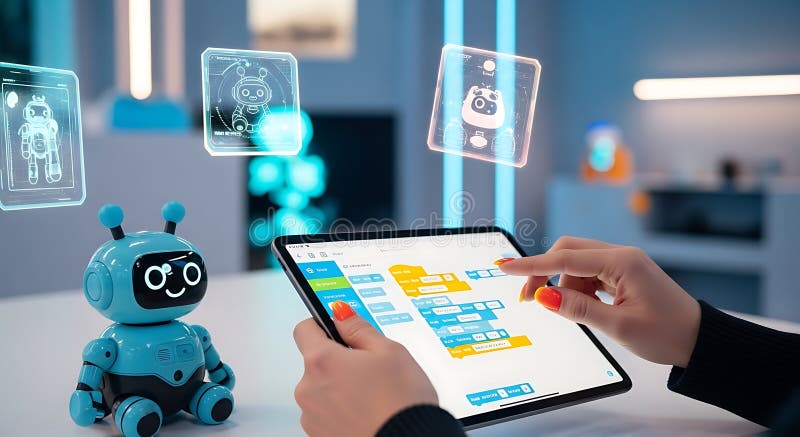
Enhancing Learning and Development
In the educational sphere, AI is a powerful tool for creating truly adaptive learning experiences. A modern Coding Toy News feature might include an AI tutor that analyzes a child’s code, identifies logical errors, and provides tailored hints rather than just a simple “correct/incorrect” response. This is a hot topic in AI Learning Toy News. For example, an AI Science Toy could adjust the complexity of its experiments based on the user’s demonstrated understanding, ensuring they remain challenged but not overwhelmed. This adaptive capability is often powered by deep AI Toy App Integration News, where a physical toy like a set of Robot Building Block News works in concert with a tablet app. The app uses AI to track progress, suggest new building challenges, and provide a personalized curriculum, making it a powerful tool for both fun and foundational learning in line with the latest AI Toy Research News.
Navigating the AI Revolution: Opportunities, Challenges, and Best Practices
The rapid integration of AI into the toy industry presents immense opportunities, but it also comes with significant challenges and responsibilities. For brands, designers, and parents, navigating this new landscape requires a thoughtful and proactive approach that balances innovation with safety and ethics.
The Human-in-the-Loop: Best Practices for Designers

A common pitfall is viewing AI as a replacement for human designers. The most successful applications of this technology treat it as a powerful collaborator. The best practice is a “human-in-the-loop” model, where AI is used for divergent thinking—generating a wide array of ideas—while human designers provide the convergent thinking, curating the best concepts, infusing them with emotional intelligence, and ensuring they align with principles of child development. The designer’s role evolves from pure creator to creative director, guiding the AI to achieve a specific vision. Staying updated through AI Toy Tutorials News and participating in the AI Toy Community News is becoming essential for designers to master these new workflows and tools.
Addressing the Ethical and Safety Landscape
As toys become more intelligent and connected, the focus on safety and ethics must intensify. The latest AI Toy Safety News highlights critical concerns around data privacy, especially with voice-enabled toys that listen and process conversations. Companies must be transparent about what data is collected and how it is used, adhering to strict privacy regulations. Furthermore, AI Toy Ethics News is filled with discussions about the potential for bias in AI-generated content and the importance of ensuring that AI-powered toys promote positive values. A major consideration for any AI Toy Brand News feature or emerging AI Toy Startup is building trust with parents. This means prioritizing robust security, offering clear parental controls, and designing AI interactions that are safe, appropriate, and beneficial for a child’s development. Regular AI Toy Updates News should not only add features but also patch security vulnerabilities and refine safety protocols.
Conclusion: The Dawn of a New Era in Play
The integration of generative AI into toy design is more than just a passing trend; it is the beginning of a new industrial revolution for the world of play. From accelerating initial concepts with AI-generated video to manufacturing personalized toys at scale and imbuing them with intelligent, adaptive personalities, AI is a catalyst for unprecedented innovation. The headlines in AI Toy Innovation News and AI Toy Trends News will increasingly be driven by these advancements. The future of toys lies in the symbiotic partnership between human creativity and artificial intelligence. While AI can generate form and function, it is the human designer who provides the heart, the understanding of play, and the ethical compass. As this collaboration deepens, we can expect a future filled with toys that are not only more imaginative and engaging but also more personalized and enriching than ever before.

